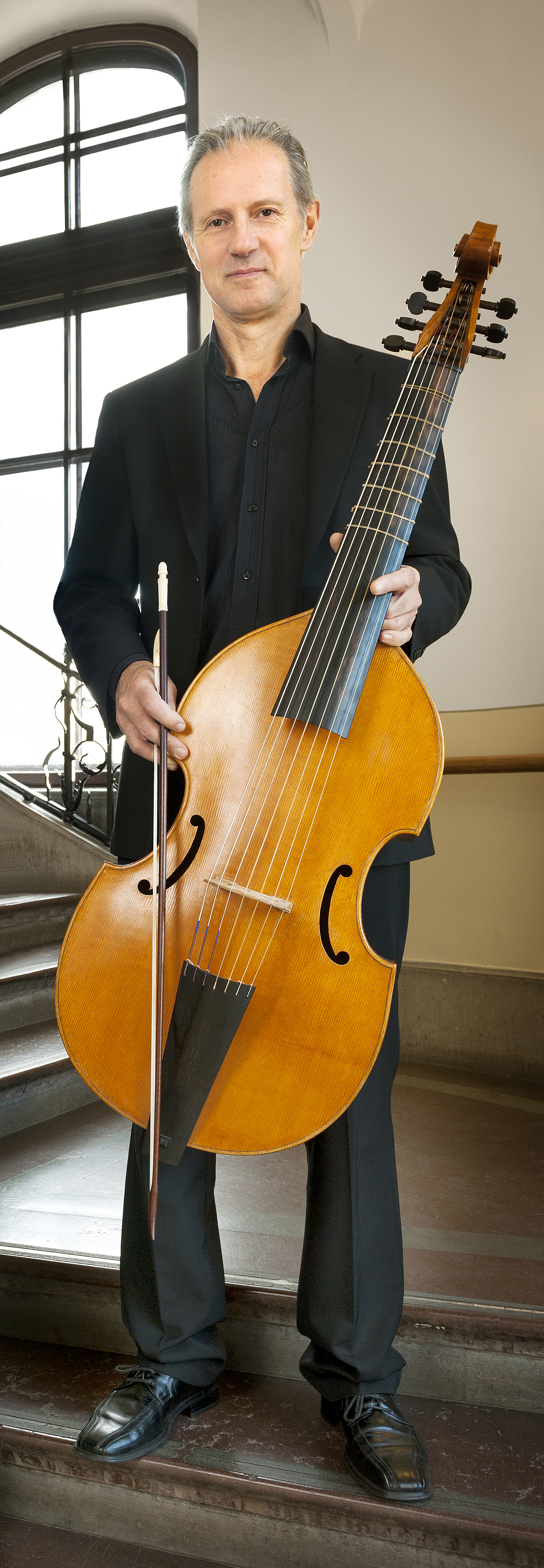Swedish born lutenist and early guitarist, Tommie Andersson, has made an outstanding contribution to music in Australia. For more than 30 years he has been a key member of a range of ensembles and projects including the Australian Brandenburg Orchestra and, of course, The Marais Project of which he is a founding member. Philip Pogson spoke with Tommie prior to The Marais Project’s 20th Anniversary Concert on May 26. A follow up concert will be held on June 2 at The Rose Room, Burradoo.
_______________________________________________
Philip Pogson (PP): Tommie, we are very lucky to have highly regarded Swedish viola da gamba player Leif Henrikson visit for The Marais Project’s 20th Anniversary concerts on May 26 in Sydney and June 2 in Bowral. How did you and Leif meet?
Tommie Andersson (TA): Leif and I met at the Ringve Early Music Summer School in Trondheim, Norway in about 1979. I attended the Hopkinson Smith master classes and he the Jordi Savall. Subsequently we formed an ensemble called Harmonie Universelle and played a lot of concerts together.
PP: I’d like to ask you about your time studying the lute at the famous Schola Cantorum, Basel. What was it like and what did you most enjoy about it?
TA: Basel was an incredible experience. As students we were immersed in Early Music on all levels. At the Schola Cantorum all classes specialised in early music and there were exciting concerts and master classes presented all the time. I was lucky enough to have lessons with the legendary Eugen M. Dombois (lute) and with Hopkinson Smith (continuo). Leif had Jordi Savall as his teacher and I sometimes accompanied him in his lessons. We shared a flat for 2 years so had plenty of opportunities for music-making together and with others. I particularly remember a tour of Provence with its magical scenery.
PP: Many audience members will have noticed how easily you move from instrument to instrument during the same concert. Are there any tricks to successfully changing instruments like you do?
TA: I have played instruments of vastly varying sizes since the 1970s and there are no particular tricks that I can think of. You simply have to have play a lot and with experience it gets easier!
PP: After arriving in Australia some 30 years ago you’ve no doubt seen huge changes in the local early music scene. Personally, you have made an enormous contribution to music making in this country. What are some of the changes you’ve seen since you arrived?
TA: I will have been in Australia 35 years in July 2019! The early music scene was still developing when I arrived. There were several enthusiasts doing smaller performances and projects. Early music was far from mainstream and sometimes scoffed at by people playing classical music the established way. There had been several failed attempts to set up an Australian baroque orchestra in the 80s, as lack of funding made it very hard to have any kind of continuity. Today, with the Brandenburg Orchestra flourishing, and with a lot of other smaller permanent ensembles doing well, the early music scene is vibrant and exciting. Nowadays the quality of early music-making is so high you only rarely hear people saying that failed musicians turn to early music because they couldn’t hack it in the “real” classical music scene…
PP: The Marais Project turns 20 in 2019. You have been a member since the very first concert. Are there any highlights you remember from the last two decades?
TA: It would have to be the Swedish project and the Smörgåsbord CD. I was commissioned by Jenny Eriksson to arrange some of my favourite Swedish music for mixed Baroque ensemble. All the pieces on the CD are very close to my heart and personal to me. In addition, we used my brother’s photos of Sweden for the CD booklet and cover. The launch, with the Swedish ambassador coming up from Canberra, was a highlight. We continue to perform some of this Swedish repertoire including with Leif during his upcoming visit.
PP: What projects are you working on at the moment?
TA: Several things; I’m trying to put together a performing edition of Conserto Vago – a manuscript from 1645 written for the unique combination of chitarrino (a small Renaissance guitar), lute and theorbo. Not an easy task, but it will hopefully be performed in the Primrose Potter Salon at the MRC on June 25. Another exciting performance coming up is the third collaboration between Brandenburg and Circa. I enjoyed the previous two immensely and really look forward to this season. I also look forward to the Canberra International Music Festival where I perform with Bach Akademie Australia (Pergolesi Stabat Mater and Bach St. John) and give some mini solo recitals on my Gallichon.
What: The Marais Project celebrates its 20th Anniversary
When/where: 3.30pm May 26, 2019 at The Independent Theatre; 2.30pm, June 2, 2019, The Rose Room Burradoo
Tickets: https://www.theindependent.org.au/Events/The-Marais-Project/Times-and-Seasons
Contact: Philip Pogson 0412 459 156; philippogson@theleadingpartnership.com.au


